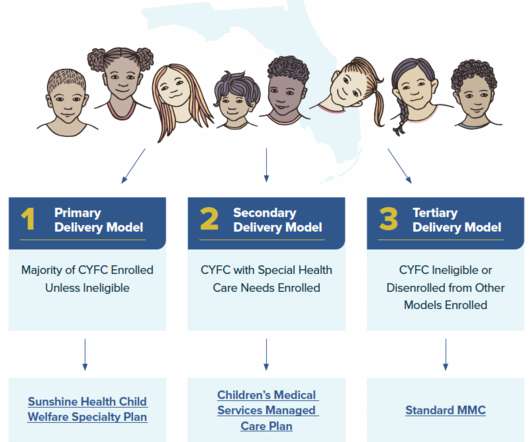Unpacking CMS’s Final Rules on Medicaid Access and Managed Care
NCQA
JUNE 28, 2024
The Impact on Medicaid Beneficiaries CMS recognizes that outdated regulations and inconsistent delivery systems hinder access to quality care. The final rules address health inequities and further efforts to improve access to care, quality of care and health outcomes for Medicaid beneficiaries.













Let's personalize your content